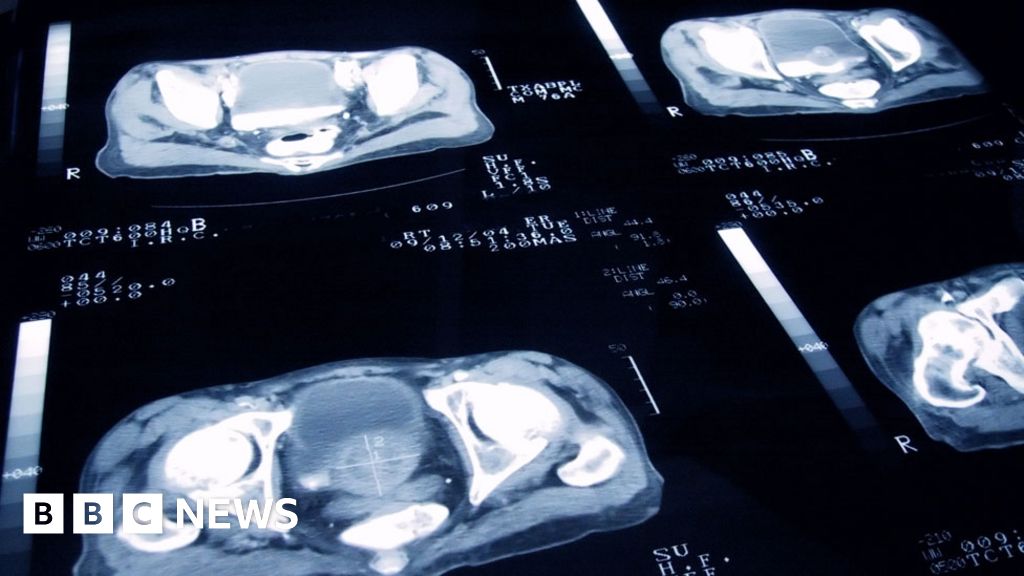This post may refer to COVID-19
To access official information about the coronavirus, access CDC - Centers for Disease Control and Prevention.
Science & Tech
Smart homes and crisis responses
How smart homes can help in times of crisis, such as natural disasters, pandemics, or cyberattacks? In this blog post, we will explore some of the benefits and challenges of using smart home technologies for crisis management and resilience.
Smart homes are homes that use internet-connected devices, such as sensors, cameras, thermostats, lights, locks, and speakers, to automate and control various aspects of the home environment. Smart homes can provide convenience, comfort, security, and energy efficiency to the homeowners. But they can also offer more than that. Smart homes can be used as a platform for crisis response, enabling the homeowners to monitor and manage their home remotely, receive alerts and notifications, access emergency services, and communicate with other stakeholders.
Some of the advantages of using smart homes for crisis response are:
- Remote monitoring and control: Smart home devices can allow the homeowners to check the status of their home from anywhere, using their smartphones or other devices. They can also control their devices remotely, such as turning off the gas or water supply, locking or unlocking the doors, adjusting the temperature or lighting, or activating the alarm system. This can help them prevent or mitigate potential damages to their property or belongings, as well as ensure their safety and security.
- Alerts and notifications: Smart home devices can also send alerts and notifications to the homeowners or other authorized users, such as family members, friends, neighbors, or emergency responders. These alerts can inform them of any unusual or suspicious activities, such as smoke or fire detection, water leakage, power outage, intrusion, or cyberattack. They can also provide them with useful information, such as weather forecasts, evacuation routes, shelter locations, or emergency contacts. This can help them stay informed and prepared for any possible scenarios.
- Access to emergency services: Smart home devices can also enable the homeowners to access emergency services quickly and easily. For example, they can use voice assistants, such as Alexa or Google Assistant, to call 911 or other local authorities. They can also use smart speakers or cameras to communicate with the emergency responders and provide them with relevant information, such as their location, situation, needs, or preferences. This can help them get the assistance they need faster and more efficiently.
- Communication with other stakeholders: Smart home devices can also facilitate communication with other stakeholders involved in the crisis response. For example, they can use smart displays or TVs to access online platforms or social media networks that connect them with other homeowners, community members, volunteers, or organizations. They can also use smart speakers or cameras to join video calls or conferences with their family members, friends, co-workers, or employers. This can help them stay connected and coordinated with others who may offer support or guidance.
Don't wait! Access today www.interactivehomeautomation.com and take a smart decision!
























































